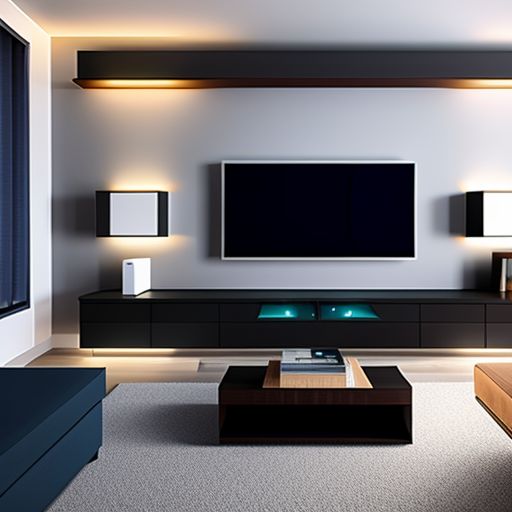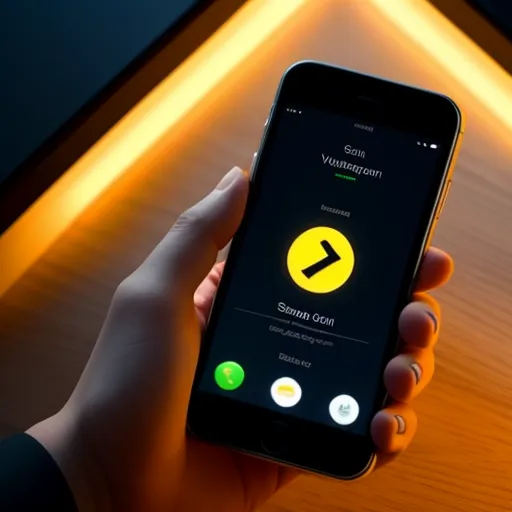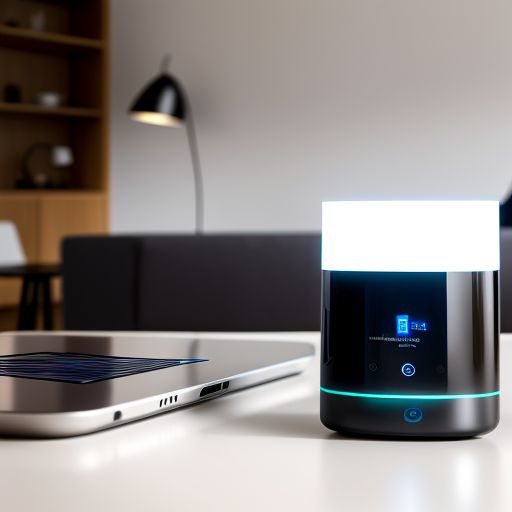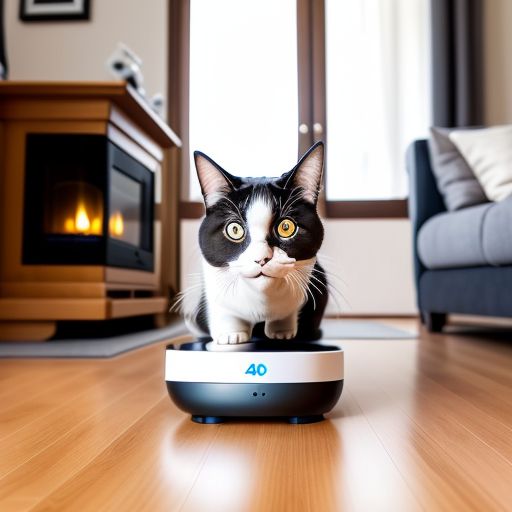As the sun dipped below the horizon, casting a warm glow across the suburban landscape, John Anderson pulled into his driveway after a long day at work. Exhausted and looking forward to a quiet evening, he smiled as he approached his front door. Before he could reach for his keys, the porch light flickered to life, and the door unlocked with a soft click. Inside, the temperature adjusted to his preference, soft music began to play, and the aroma of freshly brewed coffee wafted from the kitchen. John’s home had sensed his arrival and prepared for his return, all thanks to the wonders of smart home technology.
The concept of a truly intelligent home, once relegated to the realm of science fiction, has become an increasingly accessible reality for homeowners around the world. The global smart home market has experienced explosive growth in recent years, with experts projecting it to reach a staggering $622.59 billion by 2026, according to a report by MarketsandMarkets. This surge in adoption is transforming the way we interact with our living spaces, promising enhanced comfort, security, and efficiency.

John’s journey into the world of smart home technology began two years ago when he decided to dip his toes into the vast ocean of connected devices. Like many newcomers to the smart home scene, he started with a simple smart speaker – the Amazon Echo Dot. This unassuming device, powered by the AI assistant Alexa, became the gateway to a whole new world of possibilities.
“The smart speaker is often the first step in a homeowner’s smart home journey. It’s like the seed from which an entire ecosystem of connected devices can grow.” – Sarah Chen, Smart Home Technology Analyst
According to a survey by Voicebot.ai, smart speaker adoption in the US reached 87.7 million adults in 2020, representing a 32% year-over-year increase. For John, the Echo Dot quickly became an indispensable part of his daily routine, helping him check the weather, set reminders, and control other smart devices with simple voice commands.
Encouraged by his positive experience with the smart speaker, John decided to explore other areas where smart technology could enhance his home life. His next investment was in smart lighting, a decision that would quite literally brighten his world.
He opted for the Philips Hue system, known for its versatility and integration capabilities. The ability to control the color and intensity of his lights not only added a new dimension to his home’s ambiance but also contributed to energy savings. A study by the American Council for an Energy-Efficient Economy found that smart home technologies can reduce a household’s energy use by an average of 8-15%.

As John became more comfortable with his growing smart home ecosystem, he turned his attention to one of the most critical aspects of home life – security. The global smart home security market is expected to reach $44.25 billion by 2025, according to a report by Grand View Research, reflecting the increasing importance homeowners place on protecting their property and loved ones.
John’s research led him to the Ring Video Doorbell Pro, a device that has revolutionized home security for millions of users worldwide. The ability to see and communicate with visitors, whether he was at home or halfway across the world, gave John an unprecedented level of control and peace of mind.
“Smart home security devices don’t just protect our property; they provide us with a sense of connection and control over our living spaces, no matter where we are.” – Michael Thompson, Home Security Expert
But John’s smart home journey wasn’t without its challenges. As he added more devices to his network, he began to encounter issues with compatibility and connectivity. This experience is not uncommon; a survey by Plume, a smart home services company, found that the average US home has 38 connected devices, creating a complex web of interactions that can sometimes lead to frustration.
Determined to overcome these obstacles, John invested in a smart home hub – the Samsung SmartThings Hub. This device became the central nervous system of his smart home, allowing disparate devices to communicate and work together seamlessly. With the hub in place, John could create complex automations, such as having his blinds open, coffee maker start, and thermostat adjust, all triggered by his morning alarm.

As John’s smart home grew more sophisticated, he began to explore devices that could help him lead a healthier lifestyle. The smart home fitness market has seen significant growth, with the global market size expected to reach $29.4 billion by 2025, according to a report by MarketsandMarkets.
John’s foray into this realm began with the Withings Sleep Tracking Mat. This unobtrusive device, placed under his mattress, provided detailed insights into his sleep patterns, including sleep duration, cycles, and even potential signs of sleep apnea. The data collected by the mat integrated seamlessly with his other smart devices, allowing him to create a holistic approach to his well-being.
For example, when the sleep tracker detected that John had a restless night, it could automatically adjust his wake-up time, gradually increase the brightness of his bedroom lights, and even suggest a more energizing playlist for his morning routine.
“The true power of smart home technology lies in its ability to understand and anticipate our needs, creating an environment that supports our health and well-being.” – Dr. Emily Watson, Digital Health Researcher
As John’s comfort with smart home technology grew, he began to explore more advanced applications. One area that caught his attention was smart irrigation systems, a technology that promised to maintain a beautiful lawn while conserving water – a growing concern in many parts of the world.
He installed the Rachio 3 Smart Sprinkler Controller, a device that uses real-time weather data and soil moisture levels to optimize watering schedules. According to the EPA, smart irrigation systems can reduce water waste by up to 15%, translating into significant savings on water bills and a reduced environmental impact.
John’s smart home journey took an unexpected turn when he decided to adopt a cat. Concerned about leaving his new feline friend alone during long workdays, he invested in the Petcube Bites 2, a smart pet camera with a built-in treat dispenser. This device allowed John to check in on his cat, interact with her through two-way audio, and even dispense treats remotely.

As his collection of smart devices grew, John became increasingly aware of the potential privacy and security risks associated with having so many internet-connected devices in his home. A survey by Consumers International and the Internet Society found that 63% of people find connected devices “creepy” in the way they collect data about people and their behaviors.
To address these concerns, John took several steps to enhance the security of his smart home. He regularly updated the firmware on all his devices, used strong, unique passwords for each device and account, and even set up a separate Wi-Fi network exclusively for his smart home devices.
“As our homes become smarter, we must become smarter about protecting our privacy and security. A secure smart home is built on a foundation of good cybersecurity practices.” – Lisa Brown, Cybersecurity Expert
Despite the challenges and learning curve, John found that his smart home had fundamentally changed his relationship with his living space. His home was no longer just a place to eat and sleep; it had become a responsive environment that anticipated his needs and enhanced his daily life in countless ways.
From the moment he woke up to the time he went to bed, John’s smart home was there to support him. His smart thermostat, the Ecobee SmartThermostat, learned his temperature preferences and daily routines, ensuring optimal comfort while reducing energy consumption. According to Ecobee, their smart thermostats save users an average of 23% on their heating and cooling costs.
In the kitchen, John’s smart appliances worked together to make meal preparation easier and more efficient. His Samsung Family Hub refrigerator kept track of his groceries, suggested recipes based on available ingredients, and even allowed him to order missing items directly from its touchscreen interface.

As John reflected on his smart home journey, he realized that the true value of these technologies went beyond mere convenience. His smart home had given him greater control over his environment, helped him develop healthier habits, and even reduced his environmental impact.
According to a study by Strategy Analytics, 38% of US households now own at least one smart home device, a number that is expected to grow rapidly in the coming years. As more homeowners like John embrace these technologies, we are likely to see a fundamental shift in how we interact with our living spaces.
In conclusion, the story of John’s smart home journey illustrates the transformative potential of intelligent home technologies. From enhancing security and comfort to promoting energy efficiency and well-being, smart home devices are reshaping our domestic lives in profound ways.
As we look to the future, it’s clear that the smart home revolution is just beginning. Advances in artificial intelligence and the Internet of Things promise even more intuitive and responsive home environments. However, as our homes become smarter, it’s crucial that we approach these technologies with a balance of enthusiasm and caution, always mindful of the privacy and security implications.
For those considering embarking on their own smart home journey, the key is to start small and build gradually. Begin with a device that addresses a specific need or pain point in your daily life, whether it’s a smart speaker for convenient voice control or a smart thermostat for energy savings. As you become more comfortable with the technology, you can expand your smart home ecosystem, always ensuring that new devices integrate well with your existing setup.
Remember that creating a truly smart home is not about having the most devices, but about creating a system that enhances your life in meaningful ways. By thoughtfully integrating smart technologies into our homes, we can create living spaces that are not just intelligent, but truly responsive to our needs and desires.
The smart home of the future is not just a collection of gadgets; it’s a holistic system that learns, adapts, and grows with us, transforming our houses into true intelligent havens. As John discovered, the journey to creating such a home can be challenging at times, but the rewards – in comfort, efficiency, and peace of mind – are well worth the effort.


